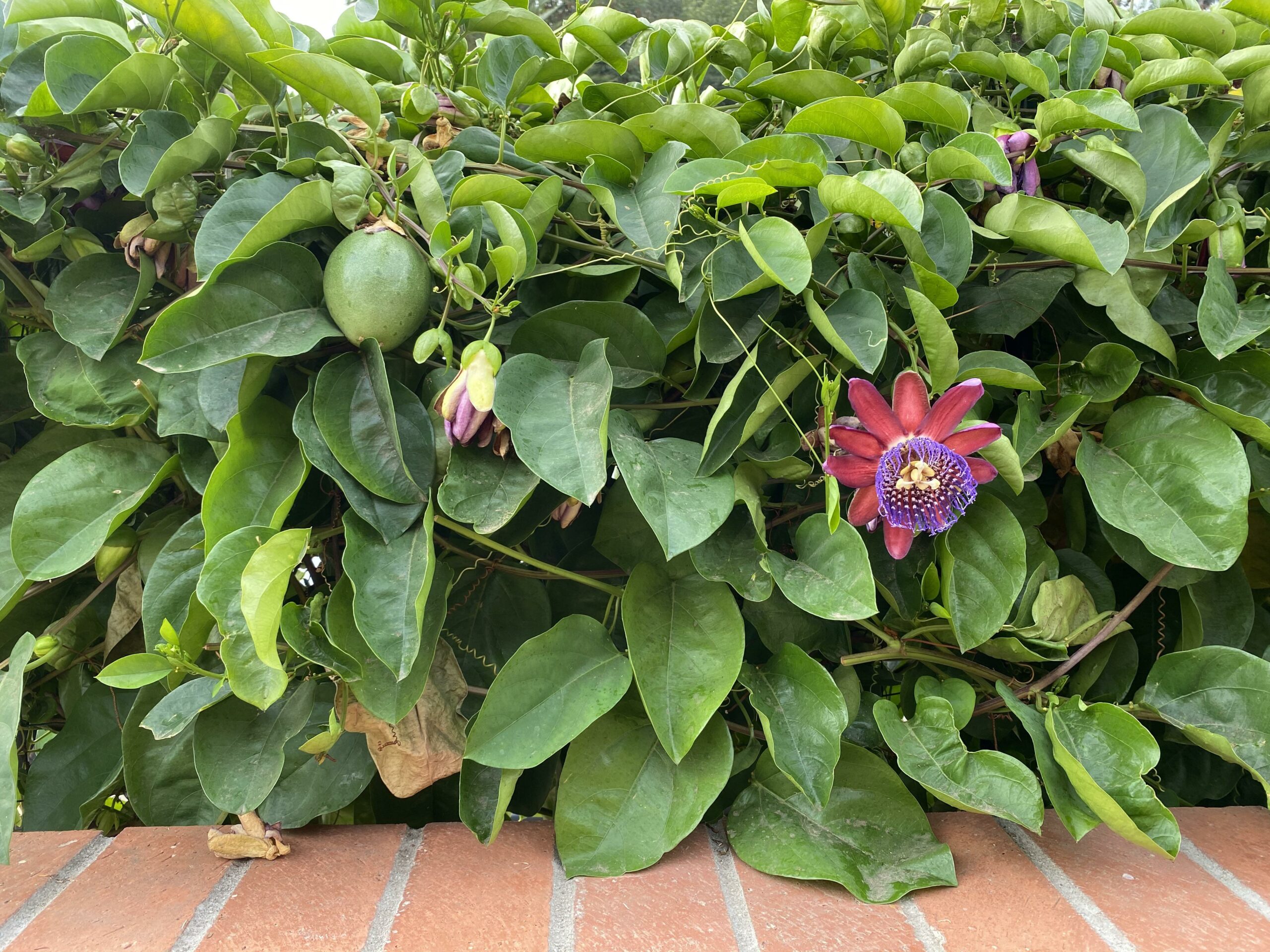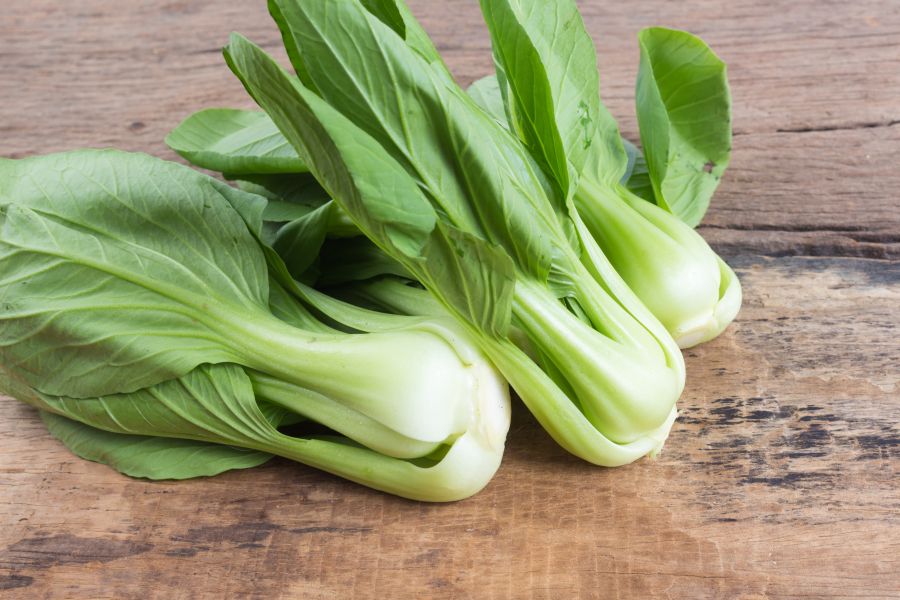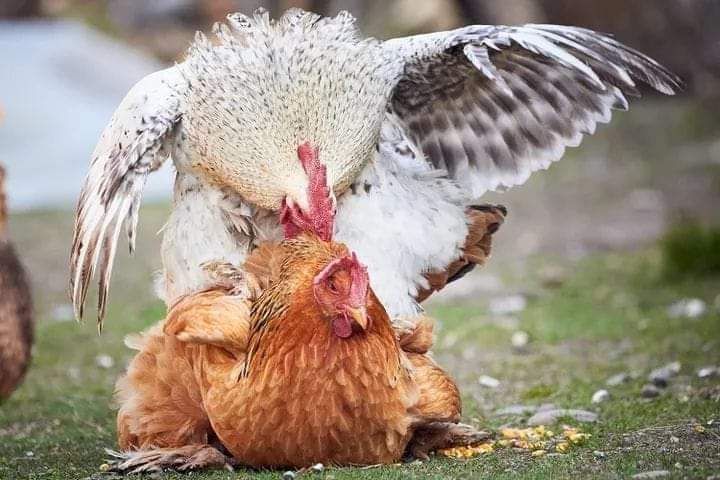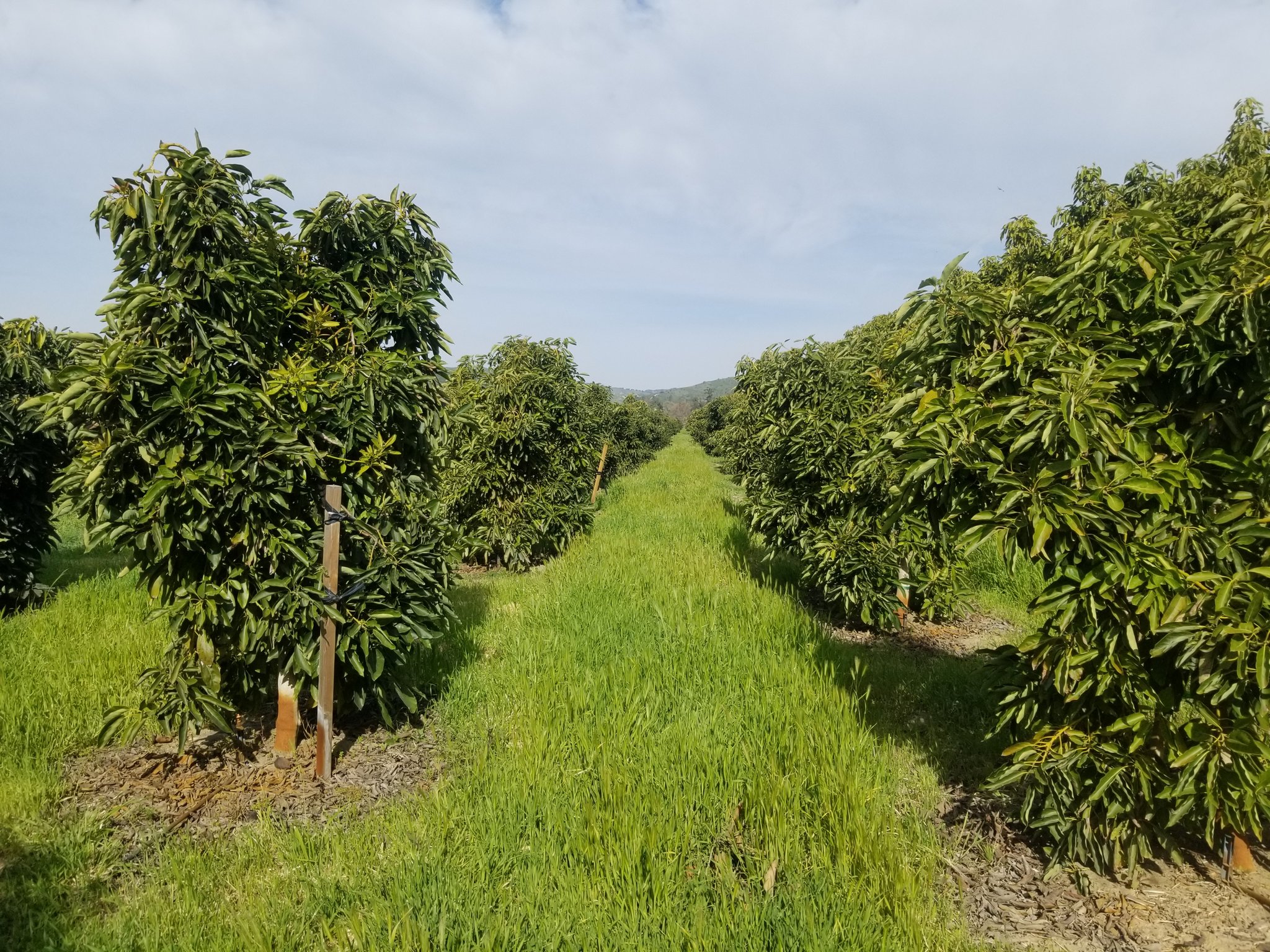Giant Granadilla passion farming is a promising agricultural practice that is gaining popularity in Kenya. This farming practice involves the cultivation of the Giant Granadilla fruit, which is a tropical fruit that is native to South America. In this article, we will explore the various aspects of Giant Granadilla passion fruit farming in Kenya, including the benefits, challenges, and the steps involved in starting a successful Giant Granadilla passion farming business.
Overview of Giant Granadilla Passion Farming
Giant Granadilla passion farming is a relatively new concept in Kenya, but it is becoming increasingly popular due to the many benefits it offers. The fruit is large, round, and has a tough skin that is green when immature and turns yellow when it ripens. The fruit is sweet, juicy, and has a distinctive flavor that is similar to that of passion fruit. The fruit is used to make juices, jams, and other food products.
Benefits of Giant Granadilla Passion Farming in Kenya
There are many benefits to Giant Granadilla passion farming in Kenya, some of which include:
- High Yield: The fruit has a high yield potential, which makes it a profitable crop for farmers.
- Good Market: The demand for Giant Granadilla fruit is high both locally and internationally. This presents an excellent opportunity for farmers to earn a good income.
- Drought Resistance: The fruit is drought-resistant, which makes it an ideal crop for areas with low rainfall.
- Pest and Disease Resistance: The fruit is resistant to pests and diseases, which reduces the need for pesticides and herbicides.
- Long Shelf Life: The fruit has a long shelf life, which makes it easy to transport and store.
Challenges of Giant Granadilla Passion Farming in Kenya
Despite the many benefits of Giant Granadilla passion farming in Kenya, there are also several challenges that farmers face. These challenges include:
- Lack of Knowledge: Many farmers in Kenya do not have the necessary knowledge and skills to grow the fruit successfully.
- High Cost of Production: The cost of production for Giant Granadilla fruit can be high due to the need for irrigation, fertilizers, and other inputs.
- Lack of Government Support: The government of Kenya has not yet fully embraced Giant Granadilla passion farming, which has limited the availability of research and development support.
- Limited Market Access: Farmers may struggle to find buyers for their produce, especially if they are not familiar with the market.
Steps to Starting a Successful Giant Granadilla Passion Farming Business in Kenya
Starting a successful Giant Granadilla passion farming business in Kenya requires careful planning and preparation. Here are the steps involved:
- Conduct Research: Farmers should conduct thorough research on Giant Granadilla passion farming, including the best growing practices, market demand, and potential challenges.
- Identify a Suitable Location: The location of the farm is critical. It should have adequate water supply and fertile soil.
- Acquire Land: Farmers should acquire land that is suitable for growing Giant Granadilla fruit. The size of the land will depend on the scale of the operation.
- Prepare the Land: The land should be prepared by clearing any vegetation, tilling the soil, and adding fertilizers.
- Plant the Seeds: The seeds should be planted in a nursery, and the seedlings should be transplanted to the field after they have reached a suitable size.
- Care for the Plants: The plants should be watered regularly, and fertilizers and pesticides should be applied as necessary.
- Harvest the Fruit: The fruit should be harvested when it is fully ripe. This can be done by hand or using specialized equipment.
- Market the Fruit: Farmers should identify potential buyers for their produce and market their fruits
Planting Giant Granadilla
Planting Giant Granadilla passion fruit requires careful planning, preparation, and execution. Here is a step-by-step guide to help farmers start their Giant Granadilla passion farming business in Kenya:
- Site Selection The first step is to choose a suitable location for planting the Giant Granadilla passion fruit. The ideal site should have well-drained soil, access to water, and sufficient sunlight. Avoid planting in areas with heavy clay or rocky soils.
- Land Preparation The land should be cleared of any weeds, grass, or other vegetation. The soil should be tilled and leveled to create a good planting bed. Organic matter such as compost or manure should be added to the soil to improve its fertility.
- Seed Selection Select healthy and mature Giant Granadilla passion fruit seeds for planting. Look for seeds that are plump, firm, and free from any signs of damage or disease. Soak the seeds in water for 24 hours before planting to improve germination rates.
- Nursery Preparation Plant the soaked seeds in a nursery bed. The nursery should be kept moist but not waterlogged. Cover the nursery bed with a shade cloth to protect the seeds from direct sunlight. The seedlings should emerge in 10-14 days.
- Transplanting Transplant the seedlings to the main field after 6-8 weeks. Transplanting should be done during the rainy season when the soil is moist. Space the seedlings 3-4 meters apart to allow for proper growth and development.
- Training and Trellising Giant Granadilla passion fruit vines are vigorous and can grow up to 10 meters in length. Provide support for the vines by building trellises or erecting poles. Train the vines to grow along the trellis by gently tying them to the support.
- Irrigation and Fertilization Water the plants regularly, especially during the dry season. The frequency of irrigation will depend on the soil type and weather conditions. Fertilize the plants every three months with a balanced fertilizer that contains nitrogen, phosphorus, and potassium.
- Pruning and Pest Control Prune the vines regularly to remove dead or diseased branches. This will promote healthy growth and increase yield. Monitor the plants for any signs of pests or diseases and take appropriate measures to control them.
- Harvesting Harvest the fruit when it is fully ripe. The fruit will change color from green to yellow when it is ready for harvesting. Use a sharp knife or pruning shears to cut the fruit from the vine. Handle the fruit carefully to avoid bruising or damage.
- Post-Harvest Handling Sort and grade the fruit according to size and quality. Store the fruit in a cool, dry place with good ventilation. Proper post-harvest handling will help to maintain the quality and shelf life of the fruit.
In conclusion, planting Giant Granadilla passion fruit requires careful planning, preparation, and execution. By following these steps, farmers can establish a successful Giant Granadilla passion farming business in Kenya.






I think you have taken a good step so far